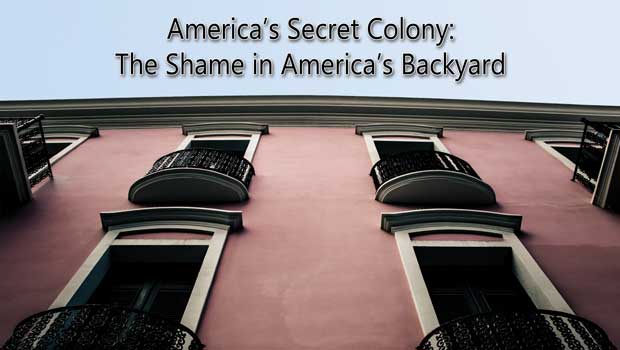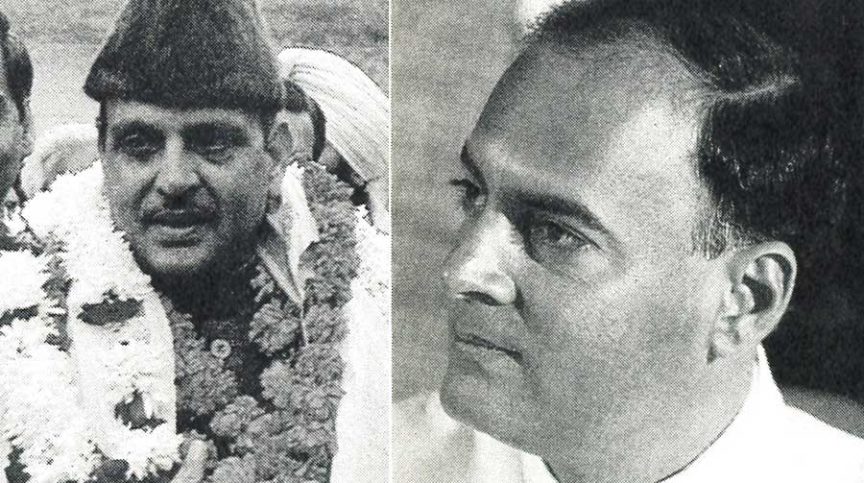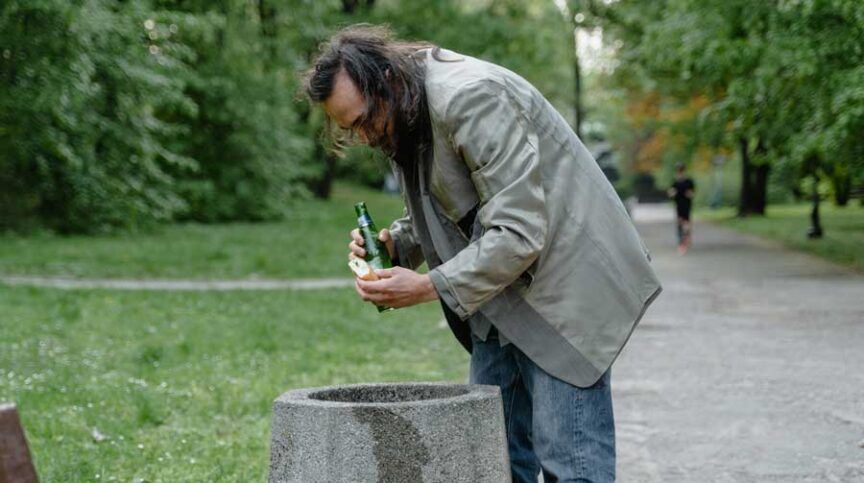On November 19, 1493, Christopher Columbus stumbled onto an island named, by its Taino inhabitants, Borikén, one of three large islands comprising the Greater Antilles in the Caribbean Sea. For the next 400 years, it remained a neglected backwater in the far-flung Spanish empire until 1898 when it was invaded and annexed, along with Guam, the Philippines, and Cuba, by the United States as a result of the Spanish-American War.
The United States was completing a century of continental expansion, but this was its first foray into colonial empire. In a series of opinions by the U.S. Supreme Court in 1901, called the Insular Cases, it was determined that full constitutional protection of rights does not apply to Puerto Rico or other territories or places under U.S. control. And people of such territories were to be considered “alien races differing from us in religion, customs, laws, methods of taxation and modes of thought,” so that “the administration of government and justice, according to Anglo-Saxon principles, may for a time be impossible.”
The man who wrote the majority opinion in the Insular Cases was Justice Henry Billings Brown, who also wrote the majority opinion in the “separate but equal” case Plessy v. Ferguson which upheld racial segregation laws for public facilities. Thus the tone was set for over a century of dysfunctional relations between Puerto Rico and the United States.
Though officially a commonwealth with some local legislative control, it remains “subject to the full plenary powers of Congress under Article IV, Section 3 of the United States Constitution.” Puerto Ricans were granted American citizenship with the Jones Act in 1917, just in time for its young men to be eligible for the draft of World War I. Despite fighting in all of America’s wars ever since, Puerto Ricans are forbidden from voting for President. The U.S. Supreme Court made it official in 1922, declaring Puerto Rico a territory, not a state. The U.S. Constitution’s protections, especially those which relate to labor protections, collective bargaining, and the minimum wage, would not be available to the residents of Puerto Rico. As we shall see shortly, this was a formula for egregious exploitation that American corporations and bank syndicates wouldn’t pass up.
Disaster Relief, American Style
A year after the American invasion, San Ciriaco, the longest-lived Atlantic hurricane in recorded history, wreaked havoc on Puerto Rico. It left over 3,000 dead, 250,000 homeless and without food, and thousands of farms and crops destroyed. It was the worst hurricane in Puerto Rican history and an epic disaster. Curiously, the United States offered no aid whatsoever.
The following year the United States outlawed the Spanish peso and devalued it by 40 percent so that when Puerto Ricans exchanged their pesos for U.S. dollars, they instantly lost 40 percent of their wealth. Still desperately trying to recover from the previous year’s devastation, they lost almost half their wealth and saw their debts increase proportionately. The next year the U.S. began enforcement of the Hollander Act, which imposed a land tax on already desperate farmers who were now in danger of losing their farms.
Farmers rushed to mortgage their farms in a last-ditch attempt to save them, but their only recourse was the American Colonial Bank. Unencumbered by usury laws, the bank charged interest rates so high that defaults and foreclosures were legion. The result was an enormous land and wealth transfer to American interests and the impoverishment of the Puerto Rican masses. A major transformation would also take place as the previously diversified agricultural economy of coffee, tobacco, fruits and sugar would give way to one crop. Sugar was now king. By 1930, 45 percent of all arable land in Puerto Rico was transformed into sugar plantations. By 1934, U.S.-owned Central Guánica, Central Aguirre, Fajardo Sugar, and United Porto Rico Sugar comprised over half the island’s arable land. Their possessions included cane fields refining mills, warehouses, railroads, and the post office.
One particular criminal bears special mention here: Charles Herbert Allen. The first civilian governor of Puerto Rico, he used his brief, nearly 17-month tenure to take control of the island’s entire economy. On his return to the United States, he became president of the American Sugar Refining Company, the largest sugar refining company in the world. You know it today by the name Domino Sugar.
Natural disaster, currency devaluation, land taxes, and usurious banking syndicates by now had reduced the Puerto Rican population to a landless, crushing poverty. Many went to work at the major sugar cane Centrales, but the highly mechanized operation could not absorb the workforce who then sought work in the cities. Wages were less than half those paid under the Spanish. When the Puerto Rican legislature, created by the Jones Act in 1917, tried to give some relief with a minimum wage law, it was struck down as unconstitutional by the U.S. Supreme Court. This pattern of total domination by American branches of government characterizes the colonial relationship which persists to this day.
Resistance and Repression
With wages at a mere 12.5 cents an hour, half of what they were under the Spanish, and many families on the brink of starvation, workers embarked on a series of island-wide strikes. They were led by a man who was to become the iconic symbol of Puerto Rican patriotism and resistance— Don Pedro Albizu Campos. He was the first Puerto Rican ever to graduate from Harvard Law School. A brilliant intellectual and orator who spoke six languages, he was ever the freedom fighter, even helping Eamon de Valera draft the constitution for the new Irish republic. He turned down many lucrative offers to return to his hometown of Ponce to practice poverty law.
He was asked to lead the strike after it was evident that some of the leaders had sold out. The syndicates finally caved in, with a resounding victory for the agricultural workers who saw their wages doubled, staving off starvation for hundreds of thousands. Albizu Campos, now leader of the Puerto Rican Nationalist Party, emerged as the undisputed leader of the island’s resistance movement. In 1934, President Roosevelt appointed General Blanton Winship governor of Puerto Rico with the express mission of crushing the Puerto Rican Nationalist Party. He began by militarizing the police, issuing them Tommy-guns, tear gas, and riot gear, and instituting intense police training modeled after military boot-camp.
Winship appointed E. Francis Riggs Chief of the Insular Police. Riggs was a Yale graduate and military intelligence officer fresh from duties as advisor to Nicaraguan dictator Anastasio Somoza. He became notorious for the murder of four Nationalists and a bystander in broad daylight in what infamously became known as the Rio Piedras Massacre. Afterward, he called a press conference declaring that if Albizu Campos did not cease his organizing of the agricultural workers, there would be “war to the death against all Puerto Ricans.” After two Nationalists retaliated by assassinating Riggs the following year, Don Pedro Albizu Campos along with six other Nationalists were sent to prison for ten years.
The Ponce Massacre
In 1937, a peaceful Palm Sunday demonstration took place in the southern Puerto Rican city of Ponce. Hundreds, many of them Nationalists armed only with palm fronds, were marching in commemoration of the abolition of slavery on the island. Abruptly, Governor Winship rescinded their permit to march. While the march’s organizers were arguing with police officials, the heavily armed security force positioned themselves along the route, blocking escape and forming a killing zone. On Governor Winship’s orders, the slaughter commenced, and after a 13-minute fusillade with carbines, rifles, and Thompson submachine guns, 17 were dead and over 200 wounded. Among the dead was seven-year-old Georgina Maldonado. There was outrage throughout the island, and Roosevelt was forced to recall Winship. Despite condemnations from the press and members of Congress, he remained unrepentant and never offered an apology.
The Struggle Continues
Don Pedro was held in prison ten years. On his release in 1948, Law 53 was enacted. Dubbed La Ley de la Mordaza (The Gag Law), the law made any expression of sympathy for the resistance movement, singing of La Borinqueña (the Puerto Rican national anthem), or even ownership of the Puerto Rican flag punishable with up to ten years in prison. Undeterred, Albizu Campos and the Nationalists launched in 1950 an uprising that came to be known as the October Revolution. It was put down with the overwhelming might of the U.S. military. Ten P47 Thunderbolt planes indiscriminately bombed the towns of Utuado and Jayuya, marking the only time in history that the United States has dropped bombs on its own citizens on American soil.
Don Pedro Albizu Campos, after ten more years in prison and four more under house arrest with round-the-clock FBI surveillance, died in 1965. He remains an inspiration and a powerful symbol of resistance, patriotism, unflinching determination, and courage.
A Legacy of Colonialism
Puerto Rico has endured indignities for being the United States’ “secret colony.” A perverted application of Law 113, which made sterilization legal on the island, resulted in one-third of all Puerto Rican women of childbearing age, from 20-49, being sterilized, the highest rate in the world. A 1968 study determined that thousands were unaware that the procedure would lead to permanent sterilization.
The U.S. established up to 25 bases on the island, using the outlying island of Vieques as a bombing range and testing ground by the U.S. Navy, with devastating ecological impact to residents and the fishing industry upon which they depend. And now, hedge fund vultures are taking advantage of the island’s economic crisis to force the sale of public institutions and utilities to private hands, all with the complicity of the U.S. government. This has increased the cost of living for a population earning only half that of the poorest state in America.
The United Nations Special Committee on Decolonization has repeatedly called on the United States to provide for Puerto Rican self-determination, but it has repeatedly been ignored. This situation is no longer sustainable or justifiable.
Que viva Puerto Rico libre— May Puerto Rico live free!






